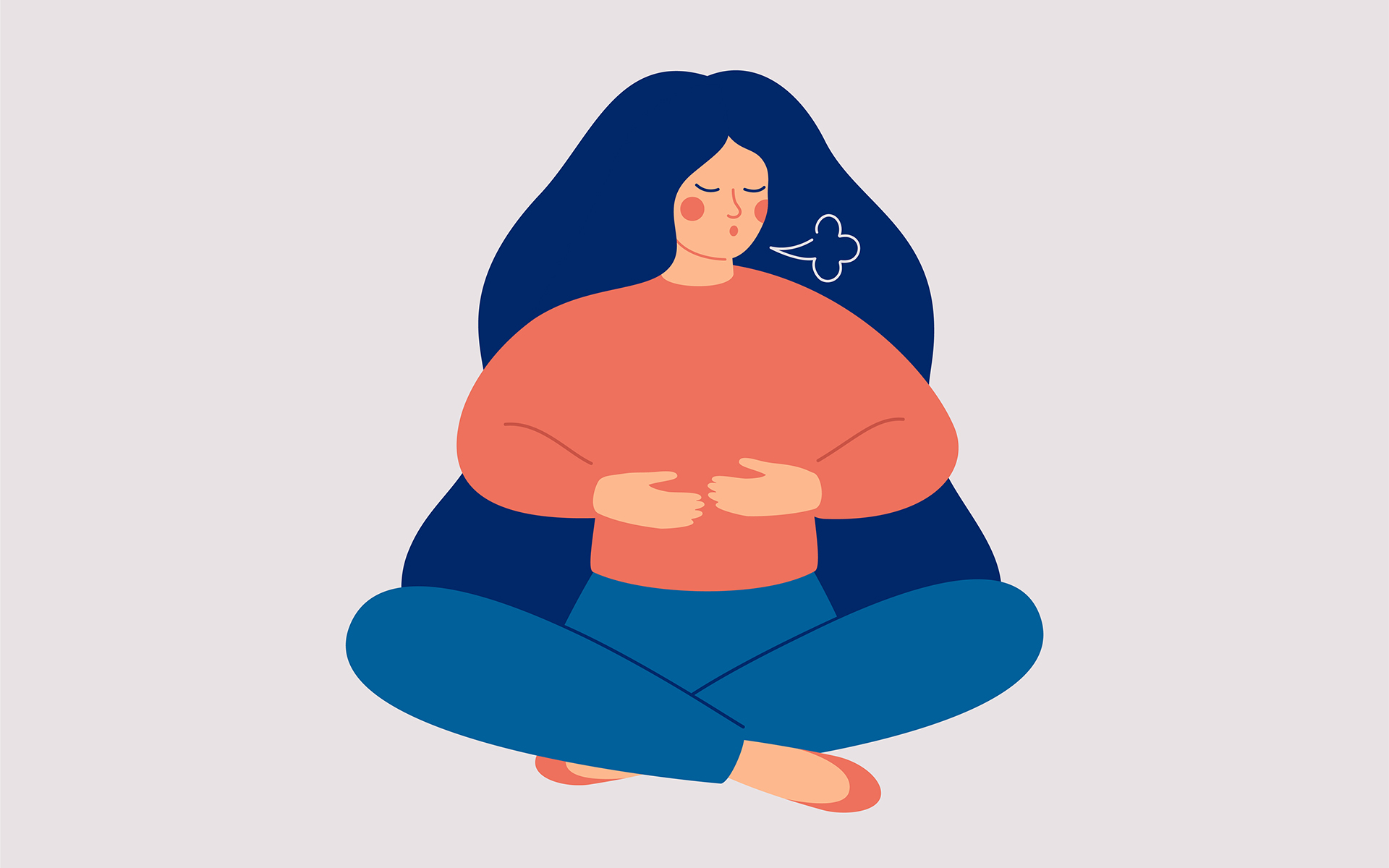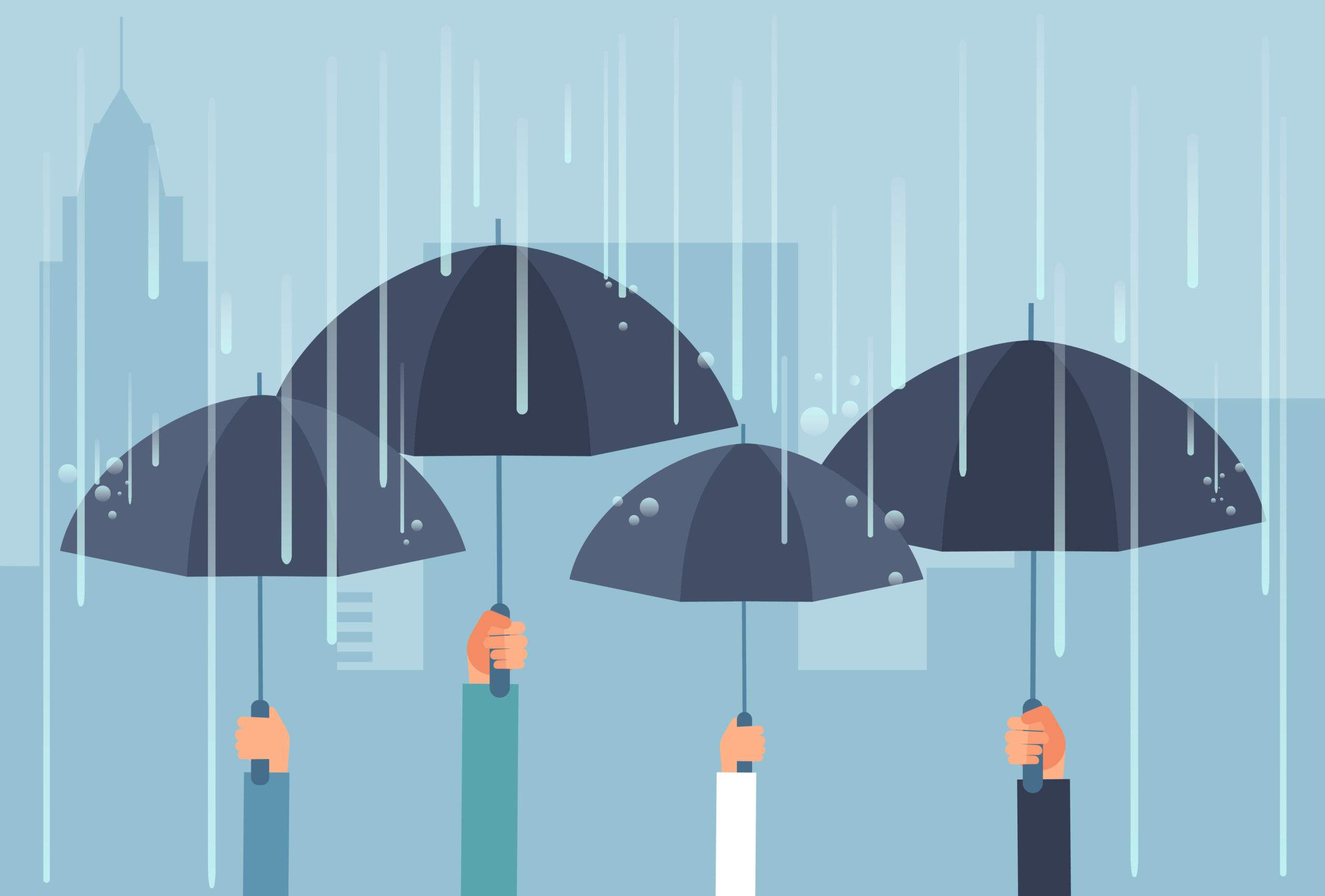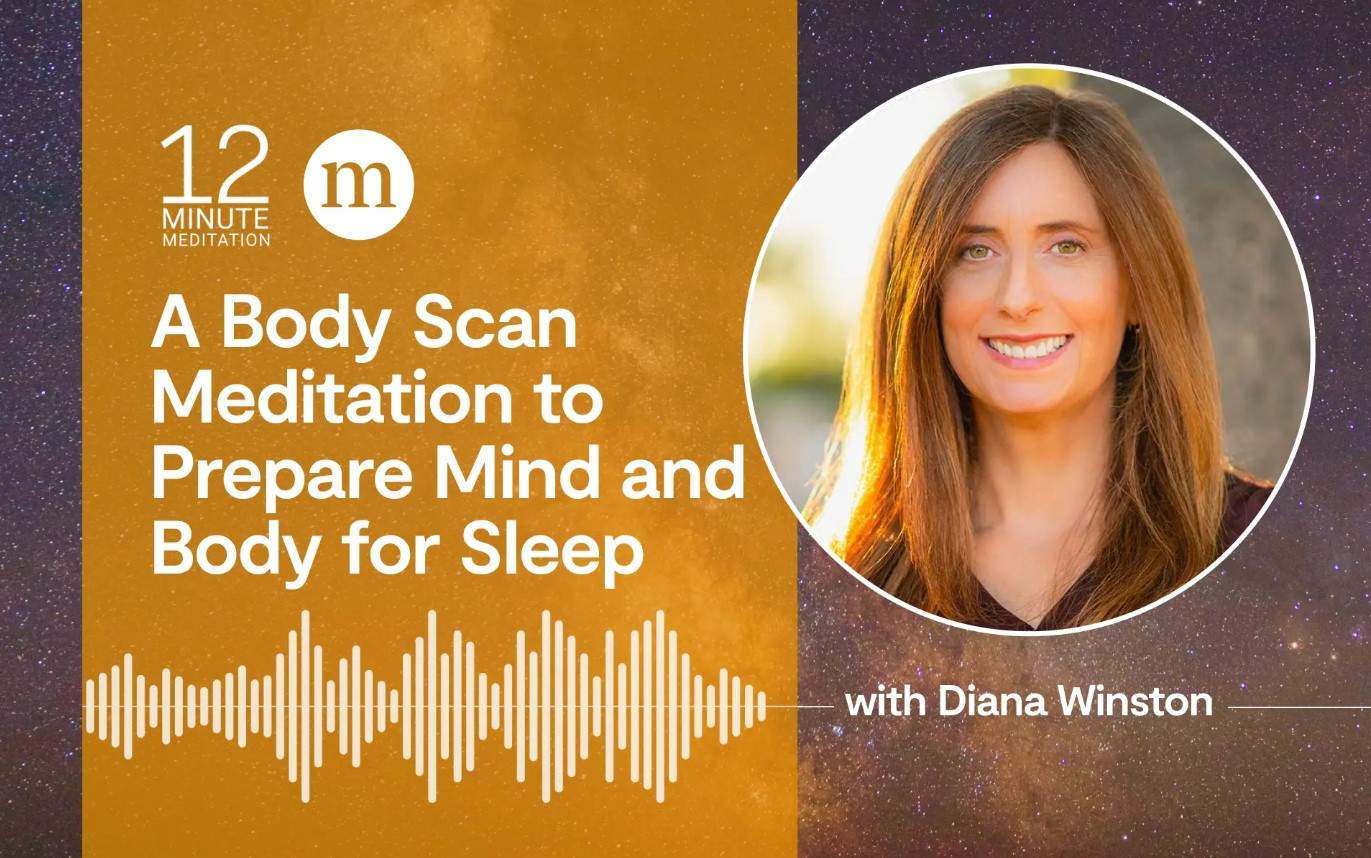1. Secular Meditation Studios: MNDFL’s New York Experiment
“It’s not just your spiritual hippie friends saying you should try meditation—now it’s your doctor and your therapist,” says Lodro Rinzler, cofounder of MNDFL, a cutting‑edge meditation studio in New York City. As mindfulness research from Harvard and MIT highlights the mental and physical benefits of meditation, urban dwellers seek secular mindfulness spaces to practice.
MNDFL’s bright, thoughtfully designed studio offers over a dozen class types led by 27 certified teachers. Co‑founder Ellie Burrows explains, “We built this place to make meditation accessible to all New Yorkers,” attracting everyone from beginners to seasoned practitioners, from those managing chronic pain to professionals aiming for peak performance.
2. Mindfulness Myth‑Busting: Happiness Beyond Midlife
A new study from the University of Alberta overturns the idea that life satisfaction peaks in youth and declines in midlife. Instead, researchers found that happiness increases well into the thirties and beyond, suggesting that sustained mindfulness practice may play a role in maintaining well‑being across the lifespan.
3. Architectural Pause: Uruguay’s Circular “Slow‑Drive” Bridge
On Uruguay’s southern coast, architect Rafael Viñoly designed the Laguna Garzón Bridge as a literal invitation to slow down. This ring‑shaped concrete structure spans the water on cylindrical piles and includes pedestrian walkways, encouraging drivers and walkers alike to pause and appreciate nature’s beauty—a built environment that embodies mindfulness in motion.
4. Mindfulness for Low‑Income Communities
Poverty often brings chronic stress, anxiety, and depression. To test the impact of mindfulness training on these challenges, researchers at the University of Leuven ran a two‑month intervention for 42 low‑income adults in Brussels and Antwerp. Weekly 90‑minute sessions at local welfare centers combined guided exercises, group reflection, and stress‑coping education. Participants showed significant gains in mindfulness skills and reductions in negative thinking, stress, and depressive symptoms—highlighting the feasibility of bringing meditation programs to underserved populations.
5. Defending Mindfulness in Schools: The Calmer Choice Victory
When the National Center for Law and Policy attempted to ban the Calmer Choice mindfulness curriculum in Cape Cod public schools—labeling it “stealth Buddhism”—the community rallied. Hundreds of parents and students petitioned with 2,500 signatures, and the school board voted to keep the program. This landmark decision underscores the growing acceptance of mindfulness in education and the importance of secular mindfulness programs for youth well‑being.
6. Global Mindful Tribe: The Ripple Symbol Movement
Graphic designer Giedrius Cibulskis, living without a local mindfulness community, created a universal symbol—a water droplet with ripples—to spread awareness of the present moment. Shared online, this mindfulness logo inspired tattoos, artwork, and crafts around the world, forming a virtual tribe united by a simple visual reminder to be here now.
7. “Nice” Rules: Mindful Insights into Youth Crushes
In a study of 531 sixth‑graders across California and Oregon, researchers examined traits like aggressiveness, empathy, and popularity. Contrary to stereotypes about “bad boys” and “mean girls,” kids most admired for first crushes were the empathetic “nice guys” and “nice gals.” This finding highlights how mindfulness‑related qualities—empathy, kindness, and social acceptance—shape early social bonds and peer admiration.





